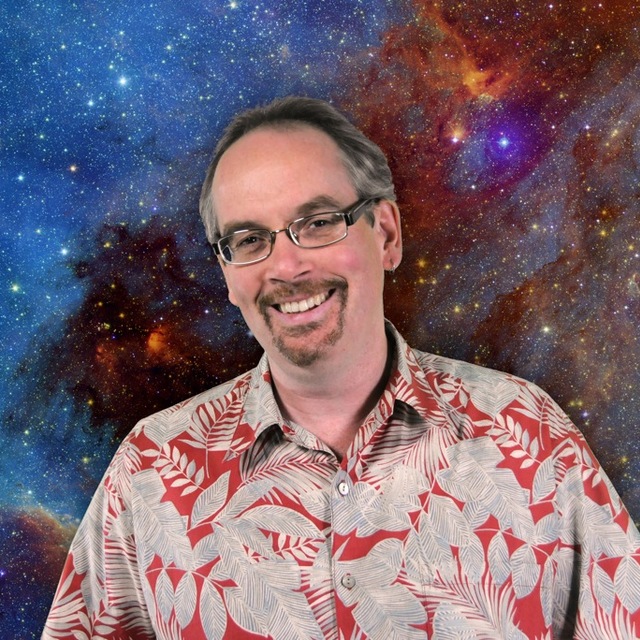November
2017
•
2017MNRAS.472..419L
Authors
•
Lemaux, B. C.
•
Tomczak, A. R.
•
Lubin, L. M.
•
Wu, P. -F.
•
Gal, R. R.
•
Rumbaugh, N.
•
Kocevski, D. D.
•
Squires, G. K.
Abstract
•
We present an exploration of ∼500 spectroscopically confirmed galaxies in and around two large-scale structures (LSSs) at z ∼ 1 drawn from the Observations of Redshift Evolution in Large Scale Environments survey, an ongoing, wide-field photometric and spectroscopic campaign targeting a large ensemble of LSSs at 0.6 < z < 1.3. A sub-sample of these galaxies (∼150) was targeted for the initial phase of a near-infrared MOSFIRE spectroscopic campaign investigating the differences in selections of galaxies that had recently ended a burst of star formation and/or had rapidly quenched (i.e. post-starburst/K+A galaxies). Selection with MOSFIRE utilizing the H α and [N II] emission features resulted in a post-starburst sample more than double that selected by traditional z ∼ 1 (observed-frame optical) methods even after the removal of the relatively large fraction of dusty starburst galaxies selected through traditional methods. While the traditional post-starburst fraction increased with increasing global density, the MOSFIRE-selected post-starburst fraction was found to be constant across field, group, and cluster environments. However, this fraction computed relative to the number of star-forming galaxies was observed to elevate in the cluster environment. Post-starbursts selected with MOSFIRE exhibited moderately strong [O II] emission originating from activity other than star formation. Such galaxies, termed K+A with ImposteR [O II]-derived Star formation (KAIROS) galaxies, were found to be younger than and likely undergoing feedback absent or diminished in their optically selected counterparts. A comparison between the environments of the two types of post-starbursts suggested a picture in which the evolution of a post-starburst galaxy is considerably different in cluster environments than in the more rarefied environments of a group or the field.
Links




